Managing respiratory conditions can be a challenging journey for many, but modern medical devices like nebulizers make treatment more effective and accessible. Known as an asthma therapy machine, a nebulizer is a medical device designed to deliver medicine directly to the lungs. Let’s delve into what a nebulizer is, who might need one, and how it works to provide relief.
Understanding a Nebulizer
A nebulizer transforms liquid medication into a fine mist that can be easily inhaled through a mouthpiece or mask. This process ensures the medicine is delivered directly to the lungs, making it particularly useful for individuals with asthma, chronic obstructive pulmonary disease (COPD), or other breathing problems. Unlike an asthma inhaler, which delivers quick bursts of medicine, nebulizers offer continuous aerosol drug delivery over a period of time, often between 5 to 15 minutes.
There are several types of nebulizers, including jet nebulizers, ultrasonic nebulizers, and portable nebulizer machines. Each type works differently but shares the same goal: to provide effective treatment for respiratory issues.
Types of Nebulizers
- Jet Nebulizer: This type uses a compressor to create a powerful stream of air, which converts liquid medication into an aerosol. It’s a common choice for home use and is reliable for delivering various medications.
- Ultrasonic Nebulizer: This advanced device uses sound vibrations to create a fine mist. Known for its quiet operation, it’s ideal for small children or people who prefer minimal noise during treatment.
- Portable Nebulizers: Compact and lightweight, these devices are designed for home and travel use. A smaller portable device ensures that individuals can continue the treatment even while on the move.
Who Needs a Nebulizer?
A nebulizer is often recommended for those with conditions such as:
- Asthma: People experiencing asthma attacks or asthma symptoms can benefit greatly from nebulizer treatments, especially during severe flare-ups.
- COPD: This chronic condition often requires frequent use of a nebulizer to manage symptoms effectively.
- Reactive Airway Disease: A nebulizer can be a vital tool for managing this condition, which often leads to difficulty breathing.
- Small Children and Older Adults: For individuals who have trouble using an inhaler, a nebulizer provides an easier way to inhale medication.
In some cases, a healthcare provider can decide that a patient may need to use a nebulizer for specific treatments involving bronchodilators, corticosteroids, or other liquid medicine. Always consult a medical professional to determine whether this device is suitable for you.
How Will the Nebulizer Help in The Treatment of Asthma?
Using a nebulizer is straightforward, but understanding its components helps clarify the process. Most nebulizer machines and accessories include:
- A compressor nebulizer to generate air or vibrations.
- Tubing and a mouthpiece or face mask to deliver the mist.
- A chamber to hold the liquid medication.
Here’s how to use a nebulizer:
- Connect the Nebulizer: Attach the tubing and mouthpiece to the device. Ensure all parts are securely connected.
- Place the Mouthpiece or Mask: Position the mouthpiece between your lips or wear a nebulizer mask securely.
- Start the Machine: Turn on the compressor nebulizer to create the mist.
- Inhale the Medicine: Sit upright and inhale into the lungs as the medication is delivered in a continuous stream.
- Complete the Session: Continue until the medicine is fully dispensed, typically within the recommended treatment times.
Benefits of Nebulizer Treatment
Using a nebulizer provides several advantages over other delivery methods:
- Ease of Use: Nebulizers are simple to operate, making them suitable for adults and children alike.
- Effective Delivery: The fine mist ensures the medicine reaches deep into the airways.
- Versatility: They can deliver a wide range of medications, including those for asthma therapy, COPD, and other respiratory conditions.
Portable Options for On-the-Go Convenience
Modern portable nebulizers make respiratory care more convenient than ever. A machine portable enough to fit in your bag allows you to continue the treatment wherever you are. These devices are especially beneficial for individuals who travel frequently or lead active lifestyles.
Caring for Your Nebulizer
Proper maintenance ensures your nebulizer works effectively for years. Follow these tips:
- Clean after every use: Wash the mouthpiece or mask, medication cup, and other parts with warm, soapy water.
- Ensure all parts are dry before reassembly.
- Replace tubing and accessories as recommended in the instructions that come with the device.
- Store in a clean, dry place.
Potential Side Effects and Precautions
While nebulizers are generally safe, some medications may cause mild side effects, such as:
- Rapid heartbeat
- Jitteriness
- Dry throat or coughing
Always follow the patient instructions and consult a medical director if you experience unusual symptoms. If you’re unsure about how to use the device or the medicine is used incorrectly, call the doctor for guidance.
Financial Considerations
Many insurance plans will cover the cost of a nebulizer, but you might need a prescription to qualify. Check with your provider to confirm whether they cover the cost of both the device and a full set of accessories.
Reliable Resources for Further Reading
For trusted information, explore the MedlinePlus Medical Encyclopedia, which offers detailed guides on nebulizer use and respiratory care. According to an official government organization, you can safely share sensitive information and access accurate resources through this platform. For example, the gov website belongs to the U.S. National Library of Medicine and provides comprehensive insights into various health topics.
Summary
Nebulizers are invaluable devices for managing asthma, COPD, and other respiratory conditions. Whether you’re using a home nebulizer, a portable nebulizer, or an ultrasonic nebulizer, these machines deliver effective treatment through aerosol drug delivery. Always follow your provider’s instructions, maintain your device, and consult reliable sources like the MedlinePlus Medical Encyclopedia to stay informed.
A vacuum skin cleaner is the perfect solution for those who want to keep their skin in perfect condition. With its help, you can easily and effectively take care of your skin, achieving visible results after the first procedures! You can buy this cleaner at a low price in our store.
Key Takeaways:
- A nebulizer is a medical device that delivers medicine in a fine mist form.
- Common conditions treated include asthma, COPD, and reactive airway disease.
- Various types, such as jet nebulizers and ultrasonic nebulizers, cater to different needs.
- Proper maintenance and use ensure effective treatment.
- Consult reliable resources and your healthcare provider for personalized advice.

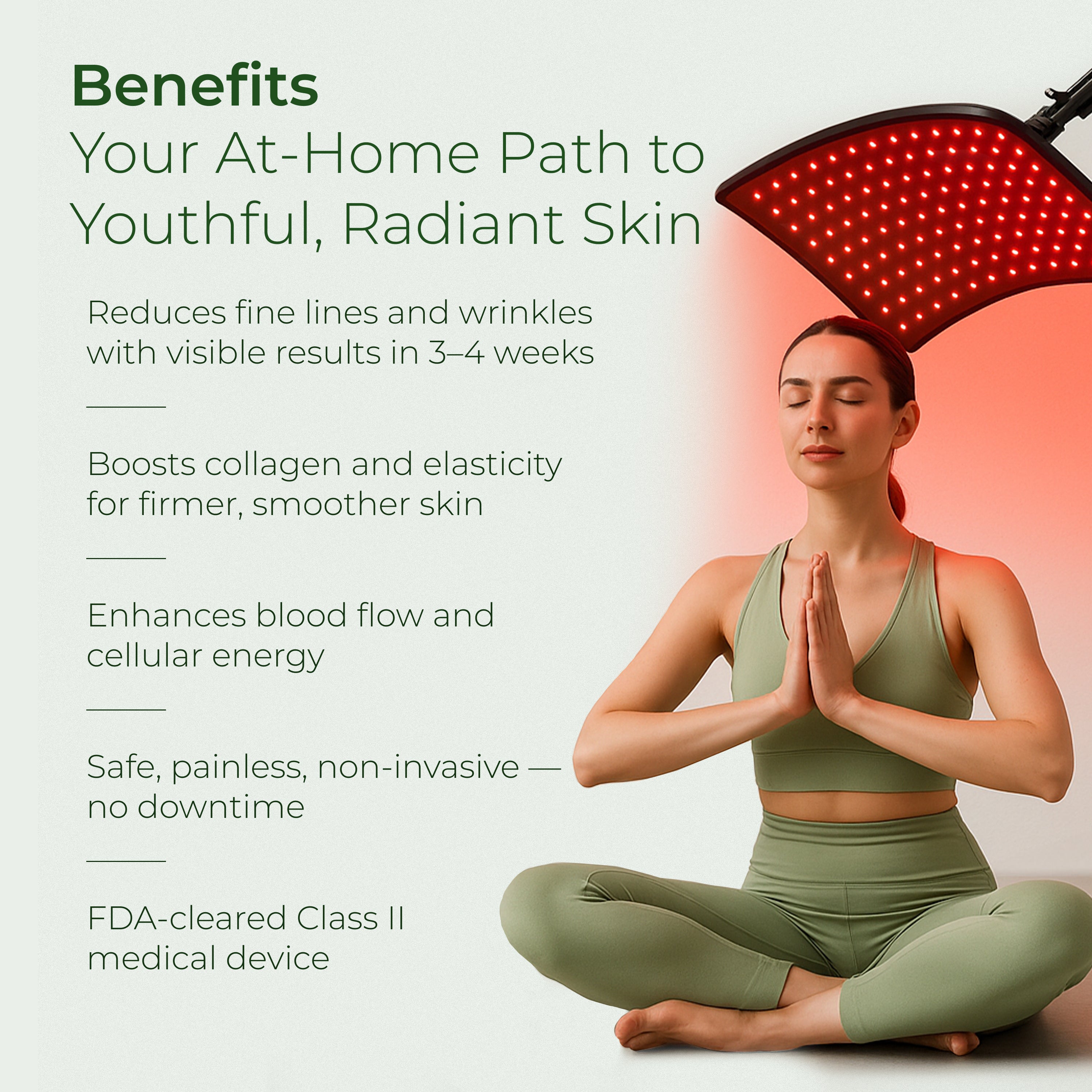

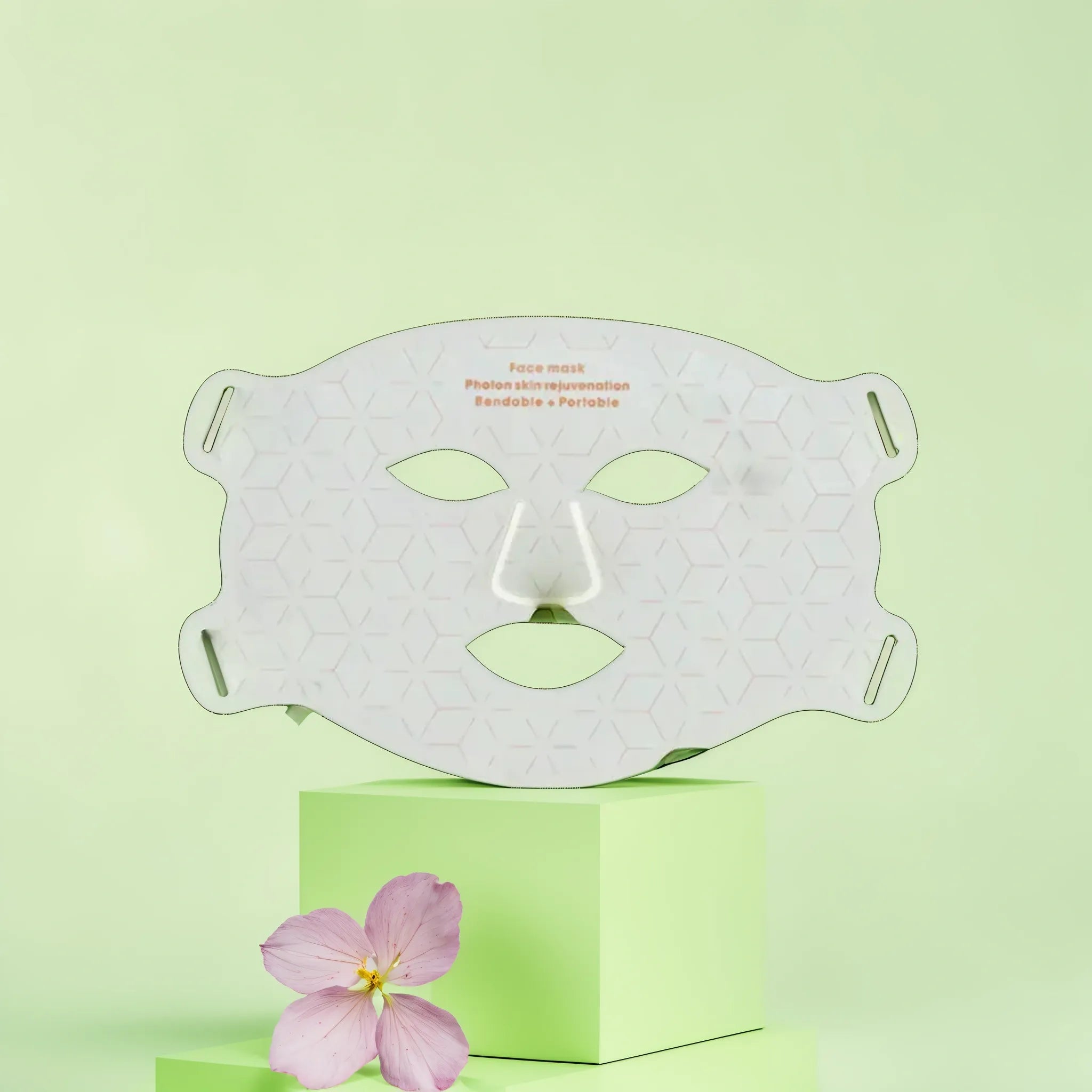
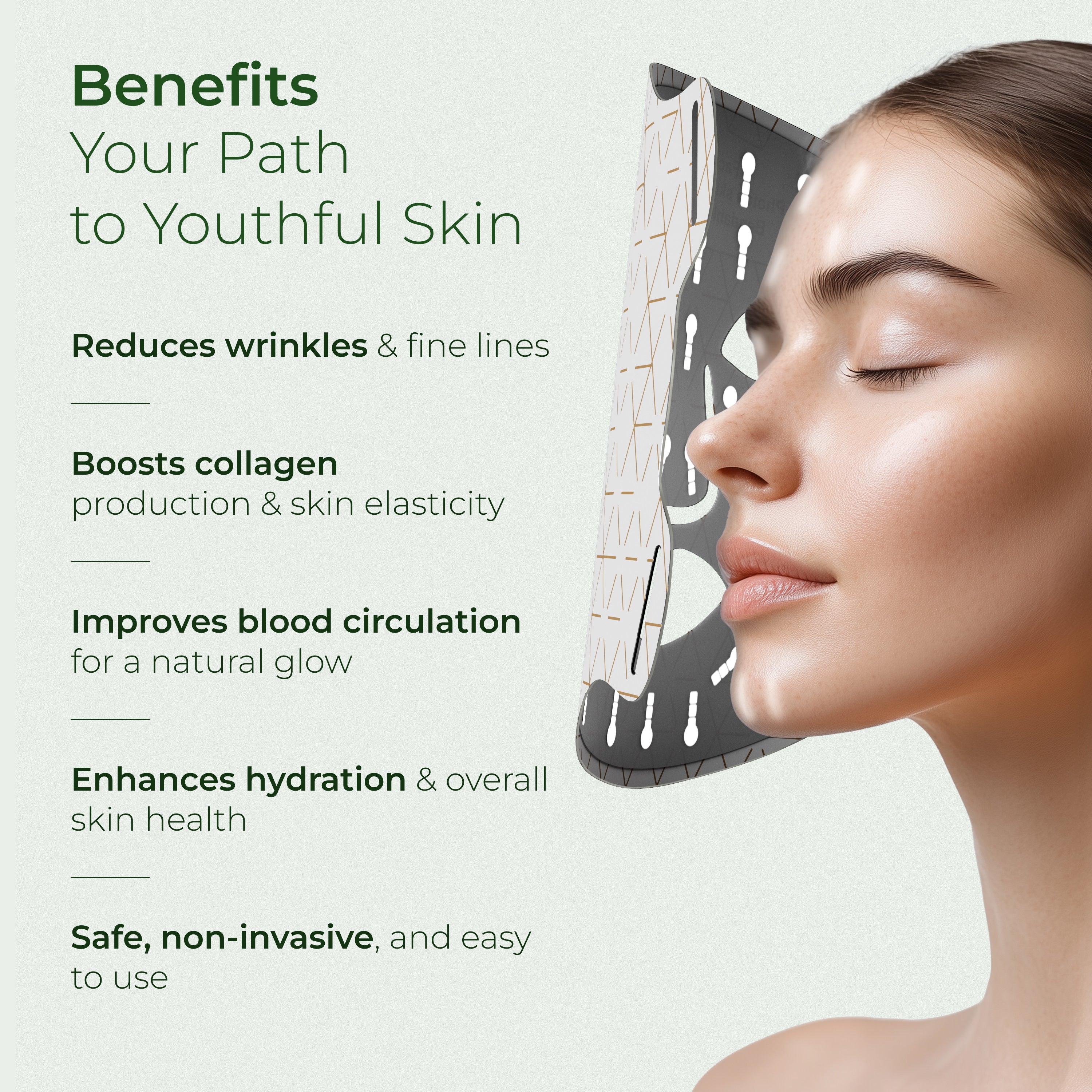


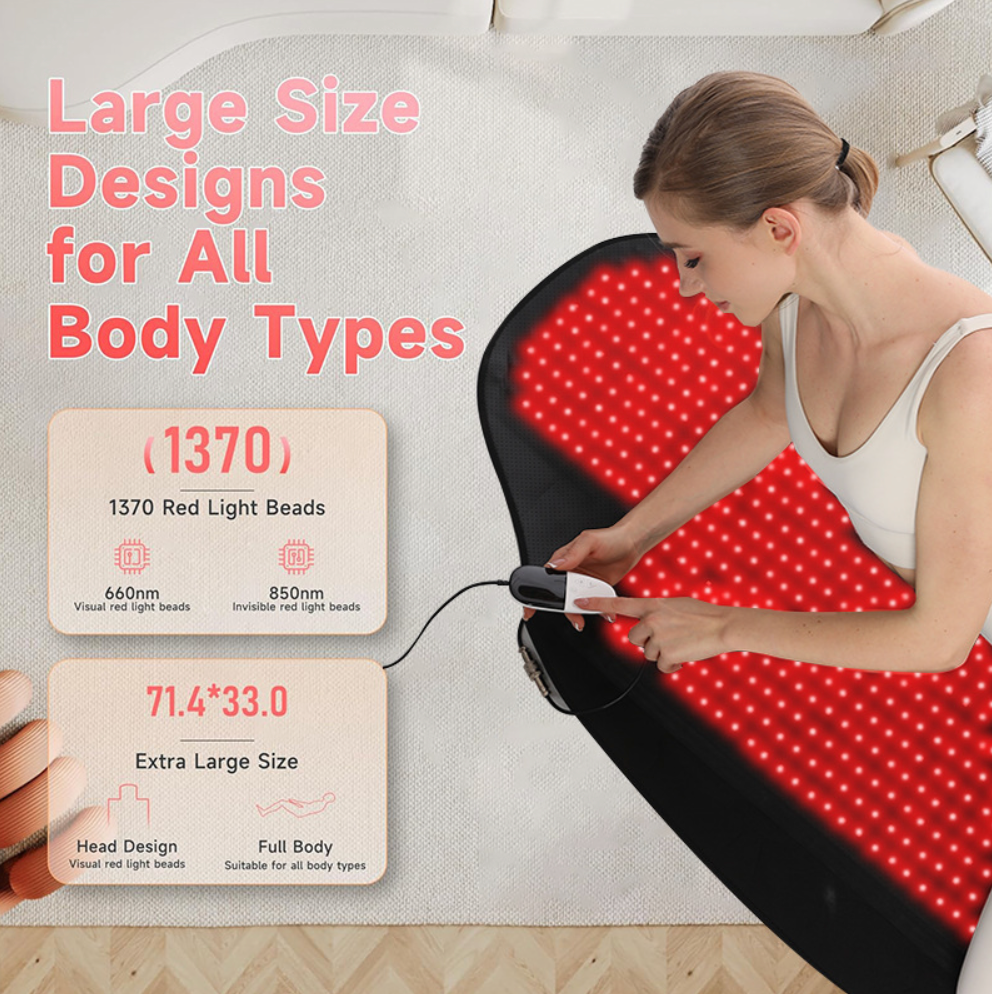
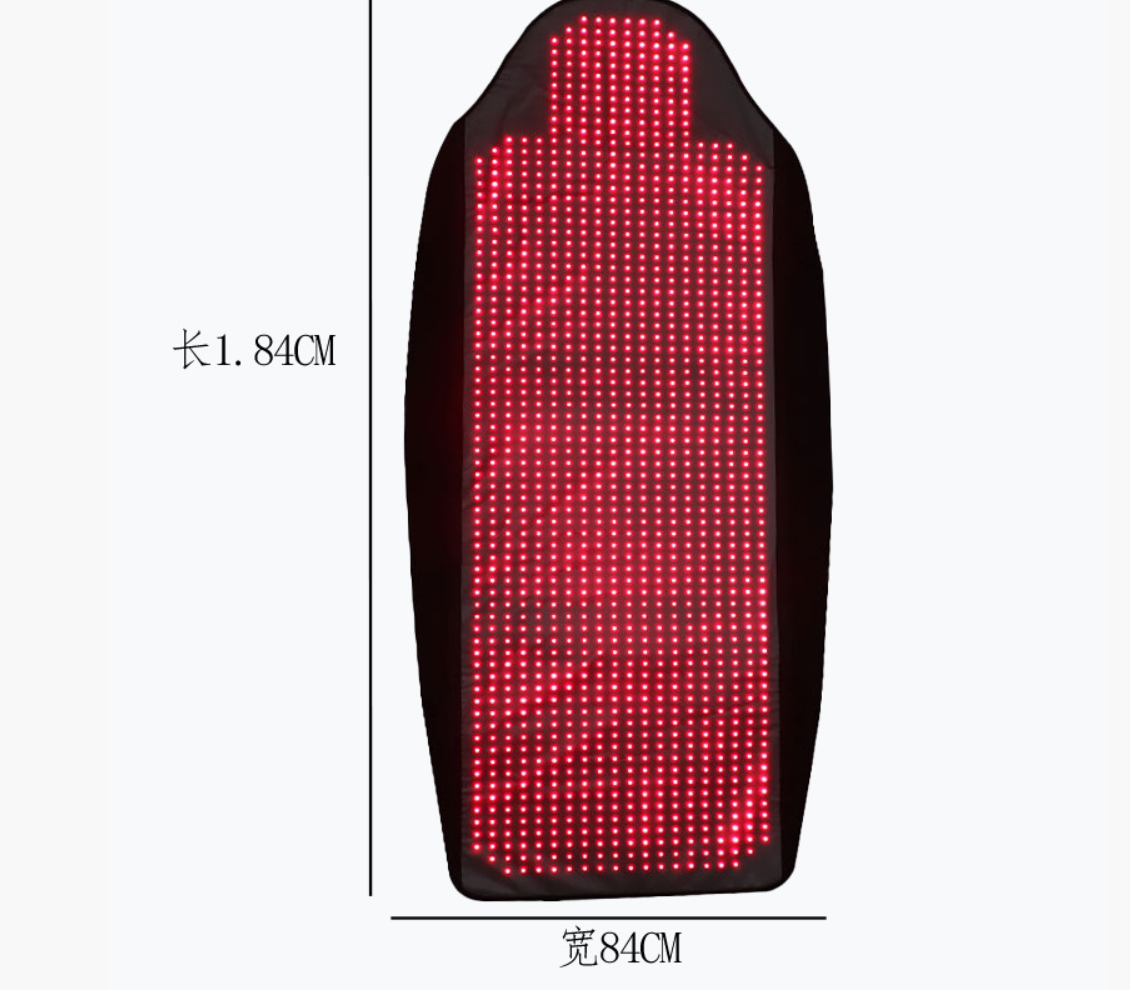



Dejar un comentario
Este sitio está protegido por hCaptcha y se aplican la Política de privacidad de hCaptcha y los Términos del servicio.